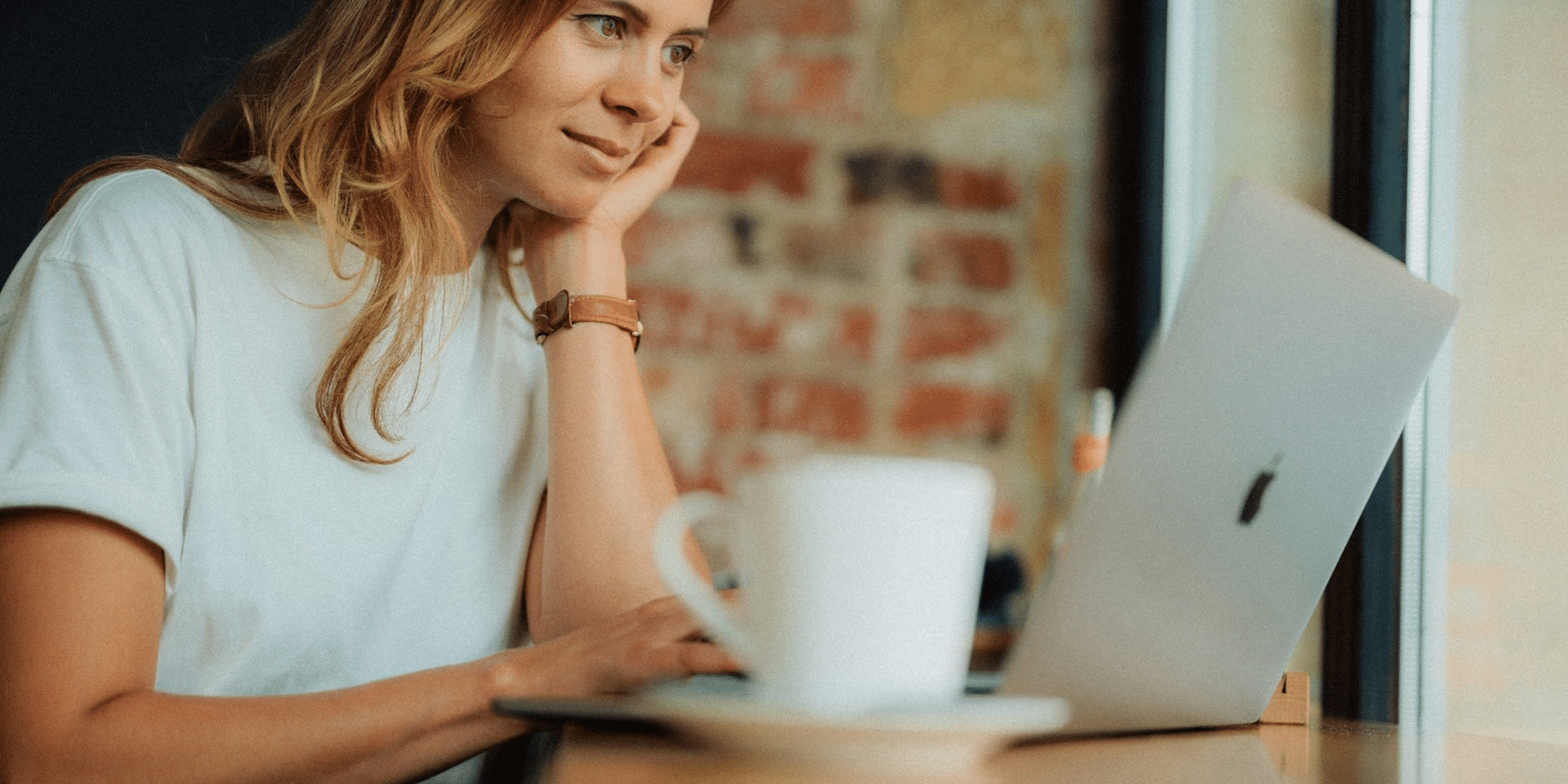In today’s digital age, multitasking has become a common practice in both personal and professional settings. Whether you’re juggling multiple projects at work, managing household tasks at home, or keeping up with social media and entertainment, the ability to multitask efficiently can make a significant difference in your productivity and overall efficiency. One tool that can help facilitate multitasking is using multiple screens. In this article, we’ll explore the benefits of using multiple screens for multitasking and how it can help you get more done in less time.
1. Increased Workspace
One of the most obvious benefits of using multiple screens for multitasking is the increased workspace it provides. Instead of being confined to a single screen, you can spread out your work across multiple monitors, allowing you to see more information at once and work more efficiently. This additional screen real estate is especially valuable for tasks that require you to reference multiple documents, websites, or applications simultaneously, such as research, data analysis, or content creation.
2. Enhanced Organization
Having multiple screens can also help you stay organized and keep track of your tasks more effectively. Instead of having to constantly switch between tabs or windows on a single screen, you can dedicate each monitor to a specific task or project, keeping related information and resources readily accessible. This makes it easier to stay focused and minimize distractions, as you can quickly reference the information you need without interrupting your workflow.
3. Improved Focus and Concentration
Using multiple screens can also help improve your focus and concentration by reducing cognitive overload and minimizing task-switching fatigue. When you have all the information you need visible at a glance, you can stay immersed in your work and maintain a state of flow without constantly having to shift your attention back and forth between different tasks or windows. This can lead to increased productivity, faster task completion, and a greater sense of accomplishment.
4. Streamlined Workflow
Another benefit of using multiple screens for multitasking is the ability to streamline your workflow and optimize your processes. By customizing your screen setup to suit your specific needs and preferences, you can create a personalized workspace that supports your unique working style and enhances your efficiency. For example, you might use one screen for your primary work tasks, another for communication and collaboration tools, and a third for reference materials or background tasks. This allows you to work more seamlessly and efficiently, with fewer interruptions and distractions.
5. Flexibility and Versatility
Multiple screens offer greater flexibility and versatility in how you organize and manage your work. Whether you’re a designer working on a complex project, a researcher analyzing data from multiple sources, or a student writing a paper while referencing course materials, having multiple screens allows you to adapt your workspace to suit the task at hand. You can easily rearrange your screens, resize windows, and customize your layout to accommodate changing priorities and work demands, giving you greater control over your environment and workflow.
6. Enhanced Collaboration
Using multiple screens can also facilitate collaboration and teamwork, especially in a remote or distributed work environment. By sharing your screen or screens with colleagues during virtual meetings or collaborative work sessions, you can provide real-time updates, share documents and resources, and brainstorm ideas more effectively. Multiple screens make it easier to engage with your colleagues, track progress on shared projects, and coordinate tasks and responsibilities, fostering a more collaborative and productive work environment.
7. Improved Ergonomics
Finally, using multiple screens can have ergonomic benefits by reducing strain on your eyes, neck, and back. By spreading out your work across multiple monitors, you can adjust the positioning of each screen to minimize glare, reduce eye strain, and maintain a comfortable viewing angle. This can help prevent fatigue and discomfort during extended periods of use, allowing you to work more comfortably and sustainably without sacrificing productivity or performance.
Multiple Screens Provide Multiple Outlets for Multitasking
Using multiple screens for multitasking offers numerous benefits that can help boost productivity, efficiency, and overall well-being. From increased workspace and enhanced organization to improved focus and concentration, streamlined workflow, flexibility and versatility, enhanced collaboration, and improved ergonomics, multiple screens provide a powerful tool for managing tasks and information more effectively in today’s fast-paced digital world. Whether you’re a professional looking to maximize your productivity at work or a student striving to stay organized and focused on your studies, investing in multiple screens can help you work smarter, not harder, and achieve your goals with greater ease and efficiency.










